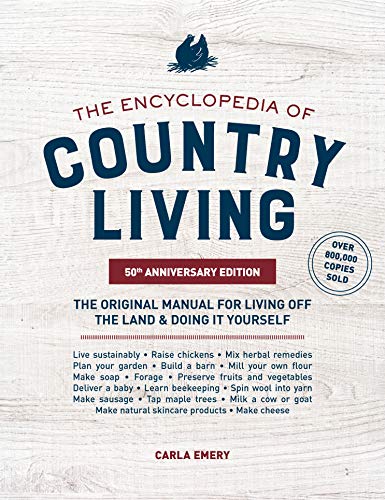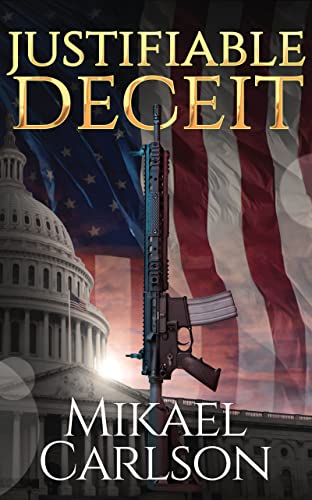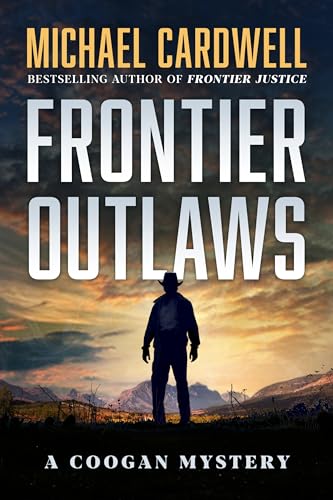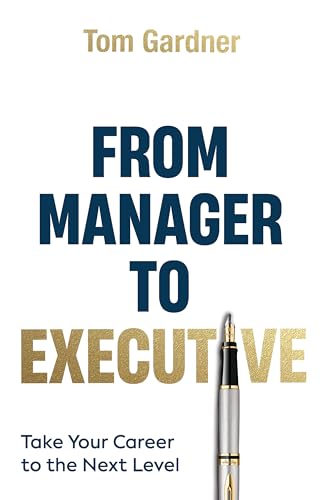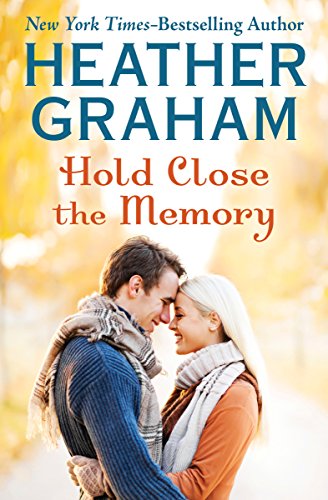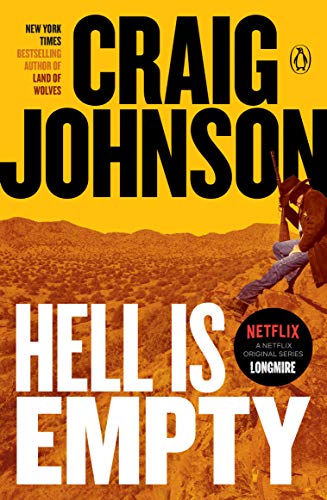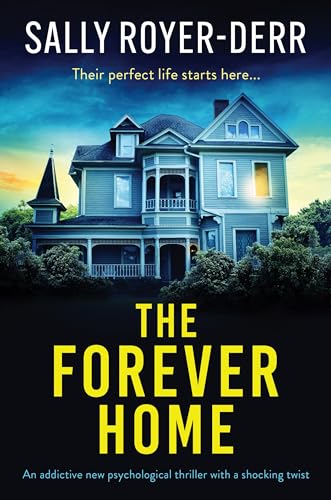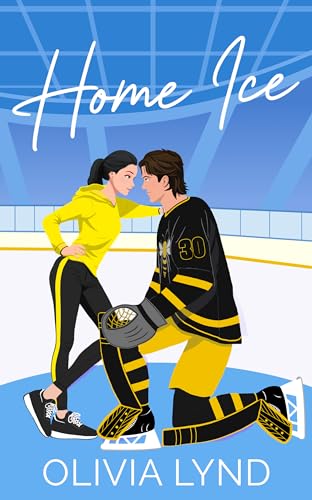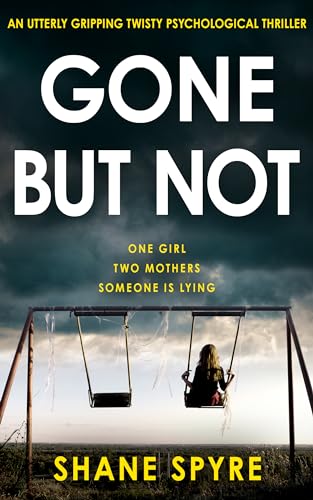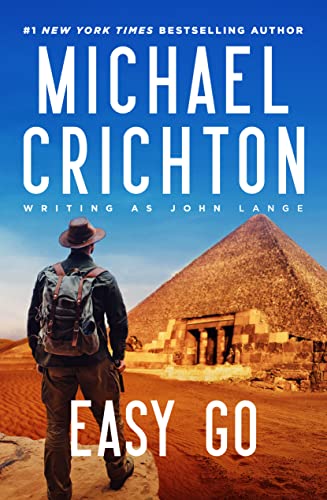In today’s Publetariat Dispatch, The Book Designer, Joel Friedlander, examines the Consumer Product Safety Improvement Act’s chilling effects on self-publishers.
Do you know about the Consumer Product Safety Improvement Act of 2008? No? Do you think you ought to?
It’s absolutely critical that you know about this law if you—or your clients—produce books or other products for children.
I found out about the implications of this law only today. Jacqueline Simonds, who I interviewed here last year about indie book distribution, sent an email to a group of people concerned with indie publishing explaining her experiences learning about this law. She’s posting about it on her blog.
When I realized the impact this law can have on self-publishers, I knew I had to get you this information right away, and Jacqueline was kind enough to take time out of her day to do an interview with me.
Here’s some background on this law:
The Consumer Product Safety Improvement Act of 2008 is a United States law signed on August 14, 2008 by President George W. Bush . . . The law . . . increases the budget of the Consumer Product Safety Commission (CPSC), imposes new testing and documentation requirements, and sets new acceptable levels of several substances. It imposes new requirements on manufacturers of apparel, shoes, personal care products, accessories and jewelry, home furnishings, bedding, toys, electronics and video games, books, school supplies, educational materials and science kits. The Act also increases fines and specifies jail time for some violations . . . Because of the wide-sweeping nature of the law, many small resellers will be forced to discontinue the sale of children’s products.—Wikipedia
Just to reinforce the possible effects on indie children’s book publishing that this law could have, here’s a response to Jacqueline’s email from Dan Poynter, author of The Self-Publishing Manual and many other books on writing and publishing:
“The future of four-color children’s books is the iPad (and whatever comes next.) This is because of the cost of four-color printing, ship and truck transportation, carrying inventory, processing orders and Postal expenses. CPSIA will only accelerate the migration.”—Dan Poynter, ParaPub.com
You need to know about this. Here’s the interview with Jacqueline.
TheBookDesigner: What is CPSIA?
Jacqueline: The Consumer Products Safety Improvement Act (CPSIA) was developed to make sure testing was done on products intended for children under the age of 12. Specifically, it is aimed at toys and bedding that a child might put in their mouth. Books somehow got swept into it, possibly because of board books for toddlers.
How did you get involved with this subject?
I first heard about the CPSIA via the Self-Publishers Discussion Group. One of the members, who makes toys as well as books, picked up on it in the early stages. Since we are distributors, my first reaction was simply not to take on children’s books.
However, a new client approached me with one of the most extraordinary projects I’ve seen in a long time. I couldn’t turn it down. Well, yes I could.
The first thing I asked him is, “Is it CPSIA compliant?” Um, what? he replied. And that’s when he told me that the book files were in Southeast Asia about to print. I had him hold the print run until we could get certification lined up. It’s not inexpensive!
Can you tell us what a publisher has to do to comply with CPSIA?
A publisher must:
- Place the name of the printer, their city and country and “batch number” (work order number) on the Copyright Page.
- You must have a lab report (or a statement from the printer in lieu of a lab report) stating that the book contains lead that is not in excess of 300 part per million.
- The printer or print broker must fill out a Certificate of Conformity (a sample is here: http://www.cpsc.gov/about/cpsia/faq/elecertfaq.pdf). For Question #2, which asks under what sector of the CPSIA the printer/broker is certifying, the answer seems to be “Section 101” which covers lead content.
- You must submit the lab results and certification to your distributor (if you use one) or wholesaler when you enter a new children’s book into the book databases.
Wow, that sounds like a lot of complicated requirements. Are they for real?
It seems pretty ridiculous, doesn’t it? There’s a point at which well-intentioned laws go feral, and this is one of those moments. We all know that there have been several incidents of children’s toys imported from Asia that have been tainted. However, books are another matter.
When does all this take effect?
The law was supposed to go into effect August 2009 – and did for children’s toys. For books, the official date has been moved to December 2011.
So, no one is demanding this yet, right?
Unfortunately, the big wholesalers have taken this law very much to heart, and are demanding CPSIA certification NOW for new children’s book titles, even though the law doesn’t officially take effect until December. This makes some sense if you consider that a book being sold now will most likely still be in the system when the law goes into effect.
Is there any chance this will be overturned or delayed?
The Association of American Publishers has been riding herd on this since the beginning. They are hoping they can get Congress to modify the legislation so that it only covers books with toys or trinkets attached. The chances of this Congress doing anything in a timely fashion before the law takes effect in December is vanishingly small.
What do you think the response of the book manufacturers is going to be to this new requirement? Will they provide the materials and testing so individual publishers don’t have to do this all themselves?
I have discovered that American printers are taking on the responsibility of testing their inks, paper, glues and cardboard themselves, for all the materials they use in all books (that way they don’t have to do separate testing for individual books). For instance, Lightning Source International has testing on-file and has a standard letter of compliance. They also print their name, state and batch number on the back of the book.
However, foreign book printers don’t have any such program. I have a client who is being charged $600 to prove his book is in compliance.
I would recommend that people contact printers for their RFQ (request for quote) and require that the lab test be paid for by the printer. What will likely happen is that the price of your books will probably have a hidden testing fee attached.
Where can people find out more?
You can go to the main website http://www.cpsc.gov/about/cpsia/cpsia.html Pack a lunch. It takes a while to sift through all this.
Can I hire you as a CPSIA consultant?
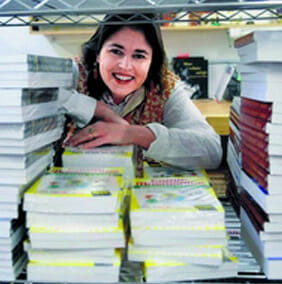 Yes. I’m available for consultation on this, as well as many other questions about publishing. You can e-mail me at jcsimonds@beaglebay.com or call me at 775.827.8654 (please take into account that I am on Pacific time). I’ll quote rates depending on how much work you need.
Yes. I’m available for consultation on this, as well as many other questions about publishing. You can e-mail me at jcsimonds@beaglebay.com or call me at 775.827.8654 (please take into account that I am on Pacific time). I’ll quote rates depending on how much work you need.
Jacqueline Simonds is a book shepherd/publishing consultant, publisher, author and book distributor. She is available for consultations and presentations on many aspects of publishing.
Data
Jacqueline Church Simonds
Beagle Bay, Inc.
Books That Enlighten and Inform
http://www.beaglebay.com
Follow Jacqueline on Twitter: http://www.twitter.com/jcsimonds
This is a reprint from Joel Friedlander‘s The Book Designer.

